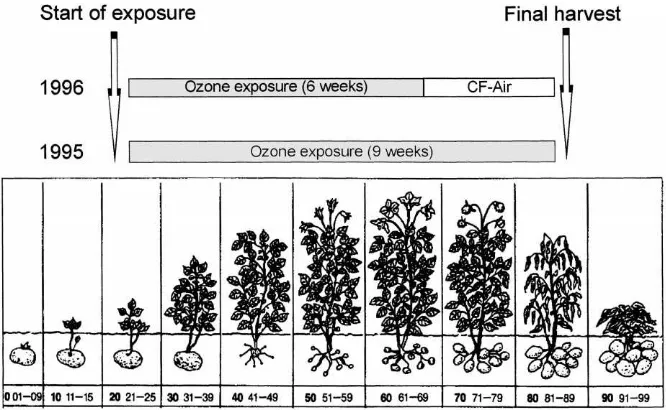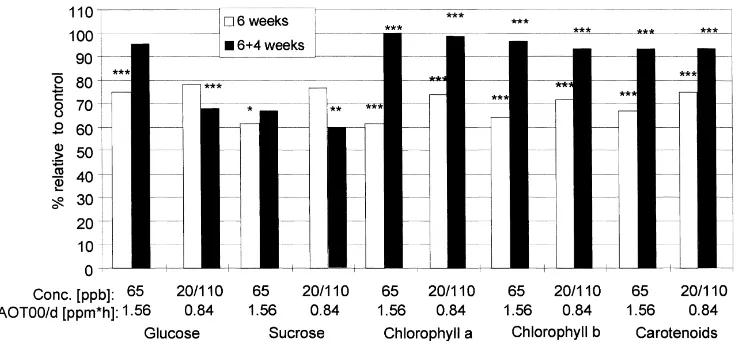Directory UMM :Data Elmu:jurnal:A:Agriculture, Ecosystems and Environment:Vol78.Issue3.May2000:
Teks penuh
Gambar



![Fig. 2. Chlorophyll a +six weeks of different ozone treatments ( b content [mg/g DW] (relative to control, charcoal filtered air) of Solanum tuberosum (cv](https://thumb-ap.123doks.com/thumbv2/123dok/3163414.1386680/5.612.86.523.70.252/chlorophyll-different-treatments-relative-charcoal-ltered-solanum-tuberosum.webp)
Dokumen terkait
Since many species in this genus produce volatile fatty acids and indole and more than half of the species have not been identified, the effect of this bacterial group in general,
No differences were observed in sulphate leaching between the organic manure types or the application rates, but significant differences were found in sulphate leaching between
Determination of phytotoxicity in the clover amended plots during the growing season using wild mustard radicle growth bioassay of 1 : 1 soil–water extracts from the field
In the semi-arid part of northern Tanzania, the native tropical woodland is undergoing a rapid conversion into agricultural land. This has resulted in drastic ecological changes in
suming that findings of the field study applicable to the entire district, farm trees and crop residues con- stitute the two most important sources of fodder, each accounting for
On the organic farm at Oberwil, in a more diver- sified landscape, the following habitats were exam- ined (Table 1): a winter wheat, an arable meadow, a ploughed wildflower strip
The book starts with observations indicating that plant cells change their DNA content when dissected from the plant and cultured in vitro.. Interestingly these changes appear to
The principal chapters first address the topic of poverty in each of the selected countries, and then the implications for the poor are considered under each of three broad areas

